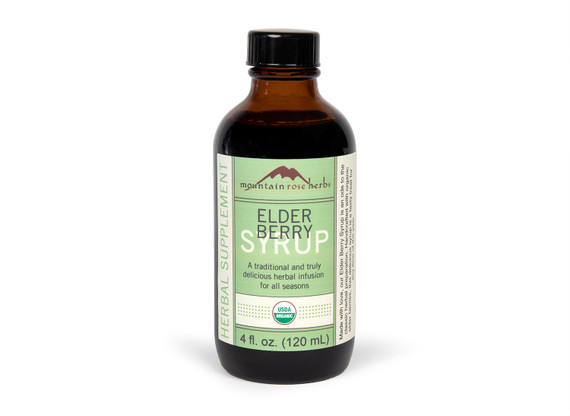Elder is a perennial shrub that can be found growing along hedgerows, forest perimeters, and in gardens as an ornamental. The elder berry has an extensive history of use and folklore in traditional western practices. For centuries, elderberries have been used to make preserves, wines, cordials, herbal infusions, and elderberry syrup.
Elder is a plant native to most of Europe, North America, and southwest Asia. Its flowers and berries have a long history of use in traditional European medicine. Elder berries have also been used for making preserves, wines, winter cordials, and for adding flavor and color to other wines. Most commonly, the flowers or berries of elder are employed for their healthful benefits. The dried fruits are less bitter than the fresh. Although the branches and leaves are poisonous, the small stem which is sometimes left on the berry is safe. Elder used to be a member of the Caprifoliaceae family, was moved into the Adoxaceae family, and was most recently classified in the Viburnaceae family.
Elder berry supports immune health to help you stay feeling your best and supports the body’s immune defenses to stay feeling healthy.*
Whole elder berries are typically prepared as teas, tinctures, syrups, wine, and cordials, often combined with propolis or echinacea. The elder berries and elder berry powder offered by Mountain Rose Herbs are raw and require proper processing before consumption.
Precautions
The raw fruit contains a component sambunigrin which may cause vomiting and severe diarrhea if ingested. We recommend that you consult with a qualified healthcare practitioner before using herbal products, particularly if you are pregnant, nursing, or on any medications.
*This statement has not been evaluated by the Food and Drug Administration. This product is not intended to diagnose, treat, cure, or prevent any disease. For educational purposes only.








